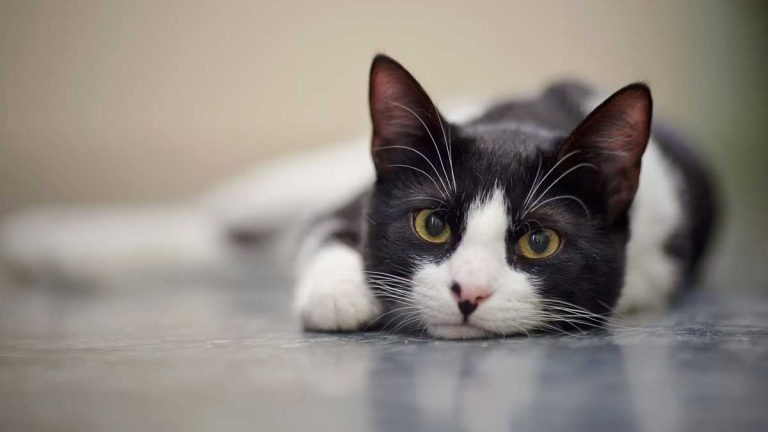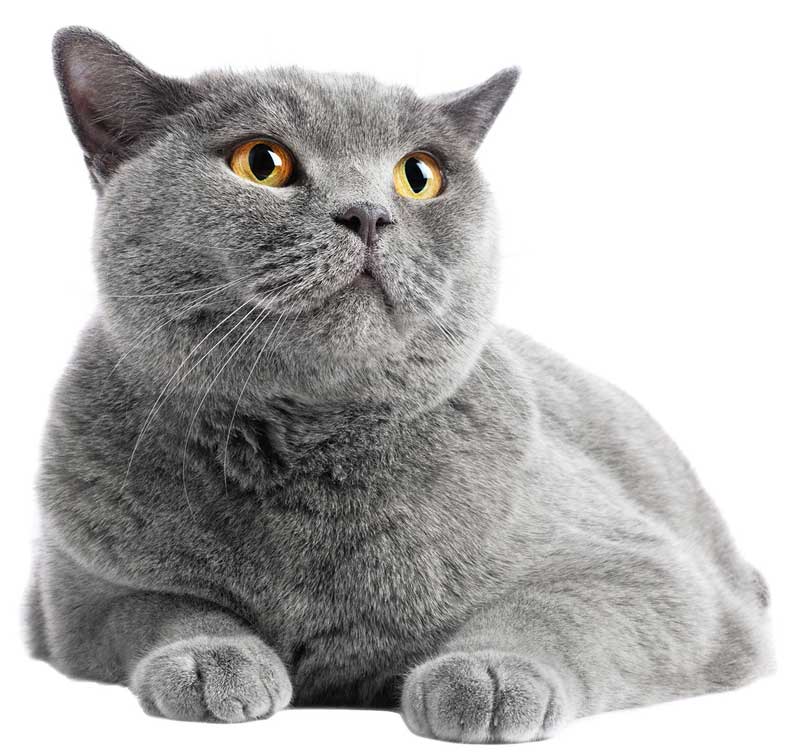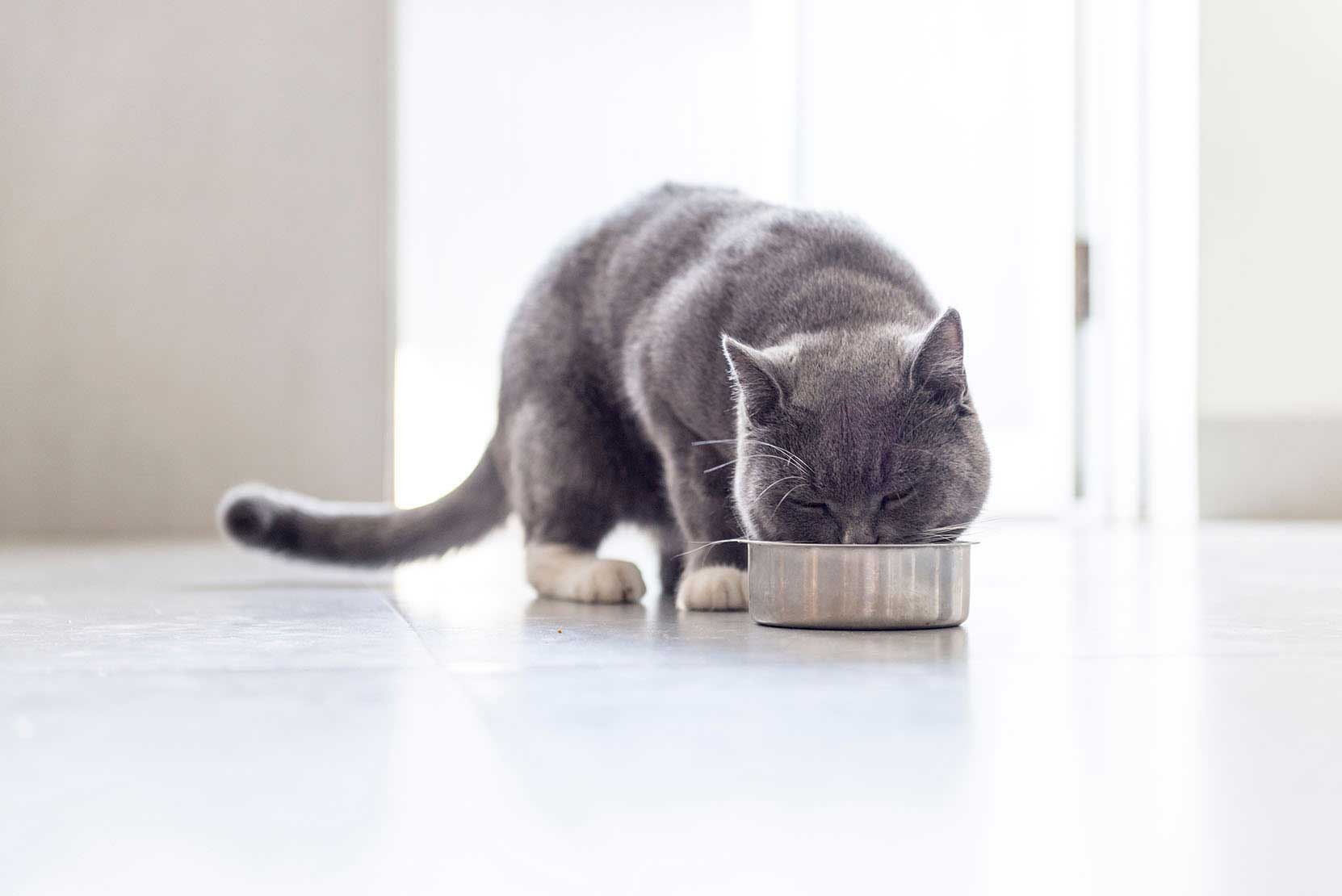Stressed cats: managing issues and problems in feline consults
Lauren Demos BVSc, BVMS(Hons), DABVP(Feline), MRCVS covers typical examples of behavioural difficulties and the options available to practitioner and owners to manage them

Image: Azaliya (Elya Vatel) / Adobe Stock
Overview
Domestic cats routinely present a diagnostic challenge in the clinic due to their taciturn nature along with their perceived ability to conceal pathology.
Add to this that their rise in household popularity in recent years, overtaking canines in many reports, means that veterinarians are now exposed to cats on an ever-increasing frequency.
One branch of feline medicine in particular has been expanding almost as quickly as household pet cat numbers: feline behaviour. As we broaden our knowledge of the feline in this regard, first opinion clinicians are seeing increasing presentations for feline behavioural concerns, with one of the frequent complaints relating to cats experiencing stress.
Considering that clinical signs of stress and other behavioural issues in cats often overlap with many common feline medical conditions (for example, hyperthyroidism, urinary tract infections and allergic dermatitis), a stringent protocol is needed to provide clinicians a pathway to get the felines feeling fine again.
Image: Photocreo Bednarek / Adobe Stock
Symptoms
Typical clinical signs and presenting complaints for stressed cats
Physical signs of stress in cats can include compulsive acts such as over-grooming, physiological changes such as mydriasis and other behavioural changes such as aggression or increased vocalisations, to name just a few. Cats can present for these directly, though some of these signs may be subtle.
Cats may also present for more generalised changes such as increased hiding frequency, episodes of inappropriate elimination, eating less or not acting like themselves. In short, no pathognomonic clinical signs for stress exist in cats.
Anticipated stressful events, such as veterinary or recreational travel, may also elicit pre-emptive veterinary visits from clients and their cats, as they seek ways to minimise anticipated travel stress.
Image: chendongshan / Adobe Stock
Diagnosis
Where to start in the exam room: rule out medical causes
- When a feline patient presents for potential concerns relating to stress or behavioural issues, a thorough review of the patient’s medical history is necessary, as well as a complete physical exam; the latter, however, is often unrewarding, though documenting the size, location and severity of any physical lesions can be helpful for future monitoring of progress.
- This can further be aided by obtaining photographs or videos, which can be appended to the medical history and enable future consulting colleagues to review and compare changes, or progression, of any such lesions.
- Review of the patient’s history is important to link current complaints to prior episodes and elucidate patterns that may better identify present stressors or instigators of behavioural changes.
- Prior treatment protocols can also be reviewed, as well as the documented response. Case review can also determine if historical clinical signs may overlap with or signal investigation into potential pathological entities that may otherwise go unmissed. For example, a cat presenting for inappropriate urination in the present day may have a waxing and waning history of the issue, though a single visit entry may also document haematuria observed by the owner and warrant further urinary investigations to rule out specific urinary tract pathology.
- Prior treatment protocols can also be reviewed, as well as the documented response. Case review can also determine if historical clinical signs may overlap with or signal investigation into potential pathological entities that may otherwise go unmissed. For example, a cat presenting for inappropriate urination in the present day may have a waxing and waning history of the issue, though a single visit entry may also document haematuria observed by the owner and warrant further urinary investigations to rule out specific urinary tract pathology.
- For another example, a patient in the present day with a chief complaint of excess vocalisation may have had historical blood pressure measurements averaging 160mmHg, necessitating a current blood pressure measurement.
- In this regard, it is crucial to rule out any underlying physical pathologies that may overlap with so-called stress or behavioural concerns.
- Work-ups in these patients generally include a full lab profile (inclusive of total thyroxine and blood pressure for senior cats), as well as urinalysis and urine culture, obtained by ultrasound guidance from a moderately sized to full bladder, for best results.
- Physical examination should include palpation, retinal examination, otic and middle ear exam, auscultation, and observation of the patient’s general demeanour, as well as gait and overall physical condition.
Once medical issues have been ruled out
The management of feline behavioural issues, including stress, often begins best with a discussion designed to establish client expectations.
For acute events, positive outcomes are generally considered more achievable and may only warrant abbreviated discussions. For more chronic concerns, realistic goals should be established.
An initial client conversation, therefore, generally includes some or all of the following:
- Establishment of client expectations.
- Establishment of realistic goals for the patient and client.
- Establishment of a timeline over which these can be realistically addressed.
- Clarification that multiple treatments and follow ups are often required; adherence to these follow-ups can be critical for achieving the best possible outcome. Telephone consults may be sufficient for some of these visits.
- Establishment of a review timepoint, at which point the case goals can be reassessed and response to treatment evaluated.
- This may also be a timepoint to consider referral to a behavioural specialist if either the client or the veterinary surgeon feel inadequate progress has been made.
- Lastly, acknowledgement that in spite of best efforts – especially in more chronic cases – sometimes we are not successful in fully achieving the desired outcome.
Behavioural appointments in general
- Most presenting complaints that involve behavioural queries in felines generally require an extended appointment time, and this should be accommodated whenever possible.
- For acute events, this can include additional time to explain off-licence use of medications, as well as obtaining written consent. Additionally, the aforementioned history review is often time consuming, and will potentially require obtaining records from other clinics (written records, actual laboratory results and diagnostic images should always be obtained for any such case seen elsewhere as a general rule of good practice, where possible).
- For more chronic conditions, concomitant issues are often present, and must be ordered in terms of priority, and a plan made to address each accordingly (or a follow up scheduled to do so).
- An extended appointment can often be somewhat streamlined by using a questionnaire, which is sent to a client in preparation for their appointment. Though this may not be appropriate for all such cases, it can detail exact concerns, husbandry, household members, environmental and household layout, specific stressors and stressful events, home treatments the client has tried, and even include photos or videos illustrating specific client concerns.
- This can allow the practitioner to more readily identify targeted questions and areas to further focus on during the actual visit.
- Various examples of such questionnaires can be readily found online.
- When possible, the follow-up visit should be booked prior to completion of the initial visit.
Image: pressmaster / Adobe Stock
Treatment
Therapeutic approaches to feline stress
Environmental modification and behavioural therapy
Depending on the specific issue the veterinary surgeon is aiming to address, approaches to environmental modification are often a mainstay of treatment.
This is a diverse and wide-ranging topic in feline medicine that is constantly evolving, with many good articles and books now present on the subject. This area of feline behaviour is well beyond the scope of this article, but an initial review on the topic has been written by Ellis (2009).
Pharmaceuticals
Anxiolytic medications licensed specifically for veterinary patients are almost non-existent, with clomipramine being one of the few exceptions (in some countries) for use in felines (Denenberg and Dubé, 2018).
In lieu of specific feline pharmacotherapeutics, many human medications have been applied off licence to feline patients, with variable results.
One survey of Finnish vets found that common behaviour medications (for both cats and dogs) had included amantadine, benzodiazepines, buspirone, fluoxetine, gabapentin, monoamine oxidase inhibitors, mirtazapine and tricyclic antidepressants.
In addition, sedation and analgesic agents were also prescribed, including butorphanol and tramadol (Raekallio et al, 2024).
A full review of these drugs is beyond the scope of this article, but a more detailed review has been written by Denenberg and Dubé (2018).
Gabapentin
Gabapentin has become a mainstay in feline medicine for off-licence use to decrease stress, and as an aid in various behavioural and medical concerns.
Dosed prior to desired effect, it is generally considered safe and effective. One study found that when given to cats 90 minutes prior to a veterinary visit, it produced significantly lower stress scores, and sedative effects resolved within eight hours of administration (Van Haaften et al, 2017).
It should be noted that dose adjustments are necessitated in cats with renal disease, as these patients have been shown to have significantly higher serum concentrations after dosing than healthy counterparts (Quimby et al, 2022).
Of further clinical interest, one study found that administration of gabapentin significantly decreased systolic blood pressure in both healthy cats and cats with renal disease by an average of 12mmHg, so this should be factored into any results obtained from patients receiving gabapentin prior to undergoing sphygmometry (Quimby et al, 2024). A recently licensed product in the UK and EU that is also available in North America is Bonqat, a liquid form of pregabalin. Bonqat is licensed to deal with short-term feline anxiety related to travel and vet visits.
While many clinicians are now familiar with the use of gabapentin, pregabalin given 90 minutes prior to a veterinary visit has been shown to reduce perceived stress in patients administered the medication (Lamminen et al, 2023).
Pregabalin is a structural analogue of the neurotransmitter gamma-aminobutyric acid. Compared to gabapentin, it is a more potent drug that provides similar efficacy at a smaller dose.
Other approaches to feline stress
Feline facial pheromone analogues, often found in sprays and/or diffusers, have been readily available for many years. A detailed review has been written by Vitale (2018).
Although data is mixed as to their efficacy, due to their oft-perceived benefit, and the minimal risk presented to patients, their use has grown in veterinary practice (Crump, 2023). Other diffusers include calming essential oils available in various formulations, which may provide similarly questionable efficacy with little to no downsides.
Nutrition has also taken a role in combating stress within feline patients. This includes a veterinary prescription diet supplemented with L-tryptophan and alpha-casozepine, which has shown potential benefit in some situations as an aid for the reduction of anxiety (Landsberg et al, 2017).
As we grow to learn more about feline stress and other related conditions, we continue to expand the targeted approaches available with which to combat these issues. Other non-traditional therapies have included the use of acupuncture and other Eastern modalities, and even species specific music (Hampton et al, 2020).
Without doubt, these tools will continue to expand given time and the marked interest in keeping domestic cats at their healthiest (and happiest).
Conclusion
Domestic cats are a familiar and increasingly popular pet, and the extended contact they share in our lives means an increased perception and awareness of the physiological and behavioural issues they face.
As stress itself left untreated can lead to both behavioural and physical issues, it is imperative for a veterinary practitioner to have a toolkit with which to approach the issue.
This then formulates a methodical approach to identify the underlying issues, rule in or rule out comorbidities, and can be hugely helpful in achieving a successful outcome.
- Use of some of the drugs in this article is under the veterinary medicine cascade.
- Appeared in Vet Times (2025), Volume 55, Issue 9, Pages 8-12
References
- Crump E (2023). Effectiveness of F3 feline facial pheromone analogue for acute stress reduction within clinical veterinary practice, Veterinary Evidence 8(4): 1-27.
- Denenberg S and Dubé MB (2018). Tools for managing feline problem behaviours: psychoactive medications, Journal of Feline Medicine and Surgery 20(11): 1,034-1,045.
- Ellis SLH (2009). Environmental enrichment: practical strategies for improving feline welfare, Journal of Feline Medicine and Surgery 11(11): 901-912.
- Hampton A et al (2020). Effects of music on behaviour and physiological stress response of domestic cats in a veterinary clinic, Journal of Feline Medicine and Surgery 22(2): 122-128.
- Lamminen T et al (2023). Pregabalin alleviates anxiety and fear in cats during transportation and veterinary visits – a clinical field study, Animals 13(3): 371.
- Landsberg G et al (2017). Therapeutic effects of an alpha-casozepine and L-tryptophan supplemented diet on fear and anxiety in the cat, Journal of Feline Medicine and Surgery 19(6): 594-602.
- Quimby JM et al (2022). Serum concentrations of gabapentin in cats with chronic kidney disease, Journal of Feline Medicine and Surgery 24(12): 1,260-1,266.
- Quimby JM et al (2024). Assessment of the effect of gabapentin on blood pressure in cats with and without chronic kidney disease, Journal of Feline Medicine and Surgery 26(5): 1-9.
- Raekallio M, Törmänen T, Kujala M and Vainio O (2024). Pharmacological treatment of canine and feline undesirable behaviours by Finnish veterinarians, Journal of Veterinary Behaviour 73: 16-22.
- Van Haaften KA, Forsythe LRE, Stelow EA and Bain MJ (2017). Effects of a single preappointment dose of gabapentin on signs of stress in cats during transportation and veterinary examination, Journal of the American Veterinary Medical Association 251(10): 1,175-1,181.
- Vitale KR (2018). Tools for managing feline problem behaviors: pheromone therapy, Journal of Feline Medicine and Surgery 20(11): 1,024-1,032.



